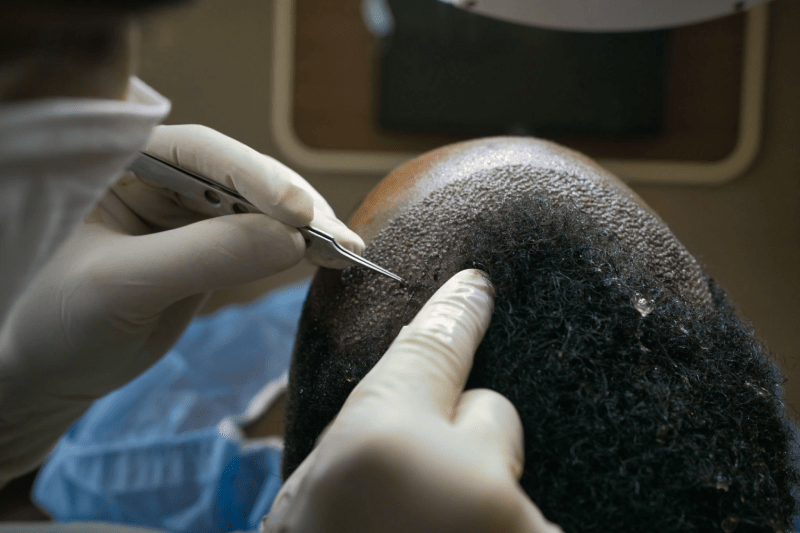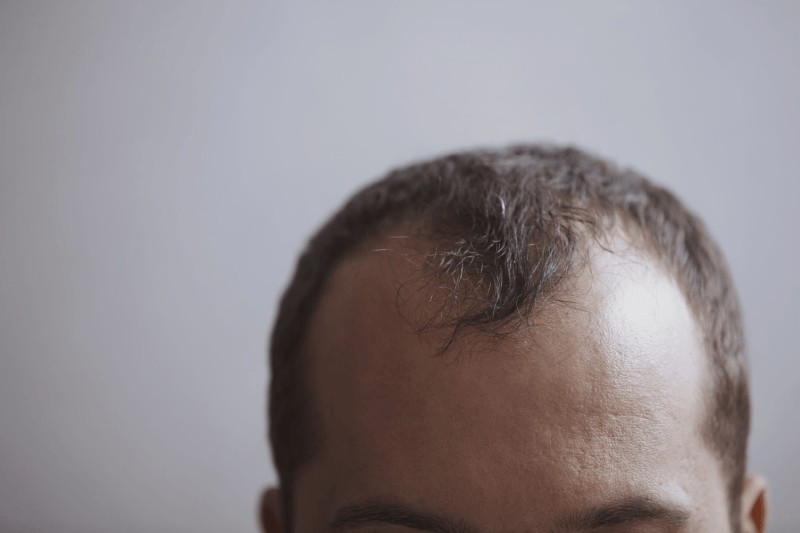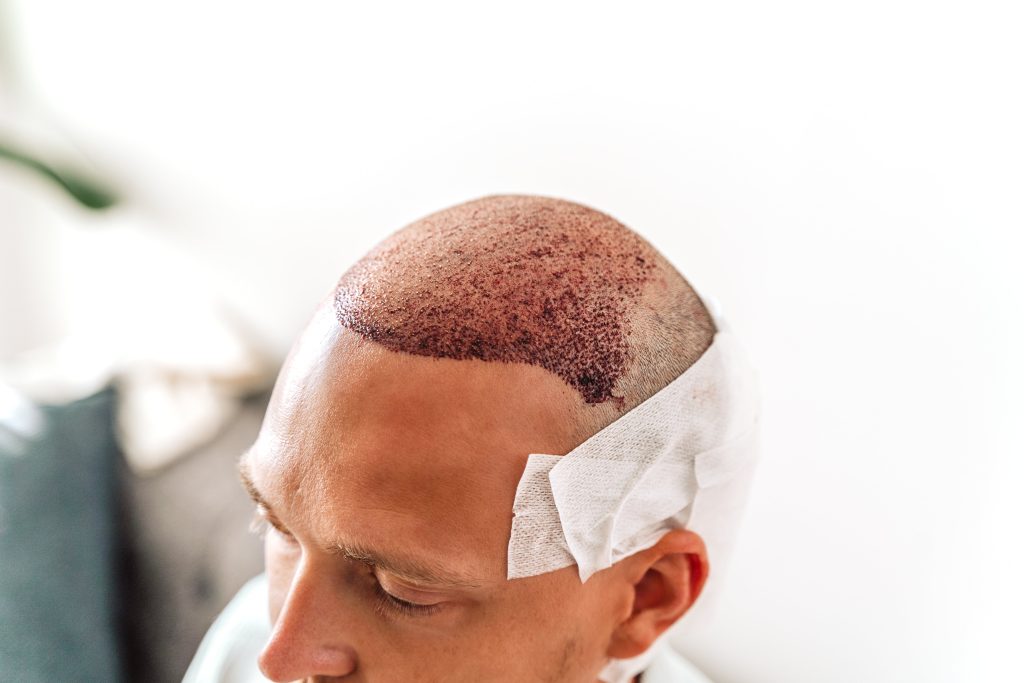Which is Better FUE or FUT Transplant?
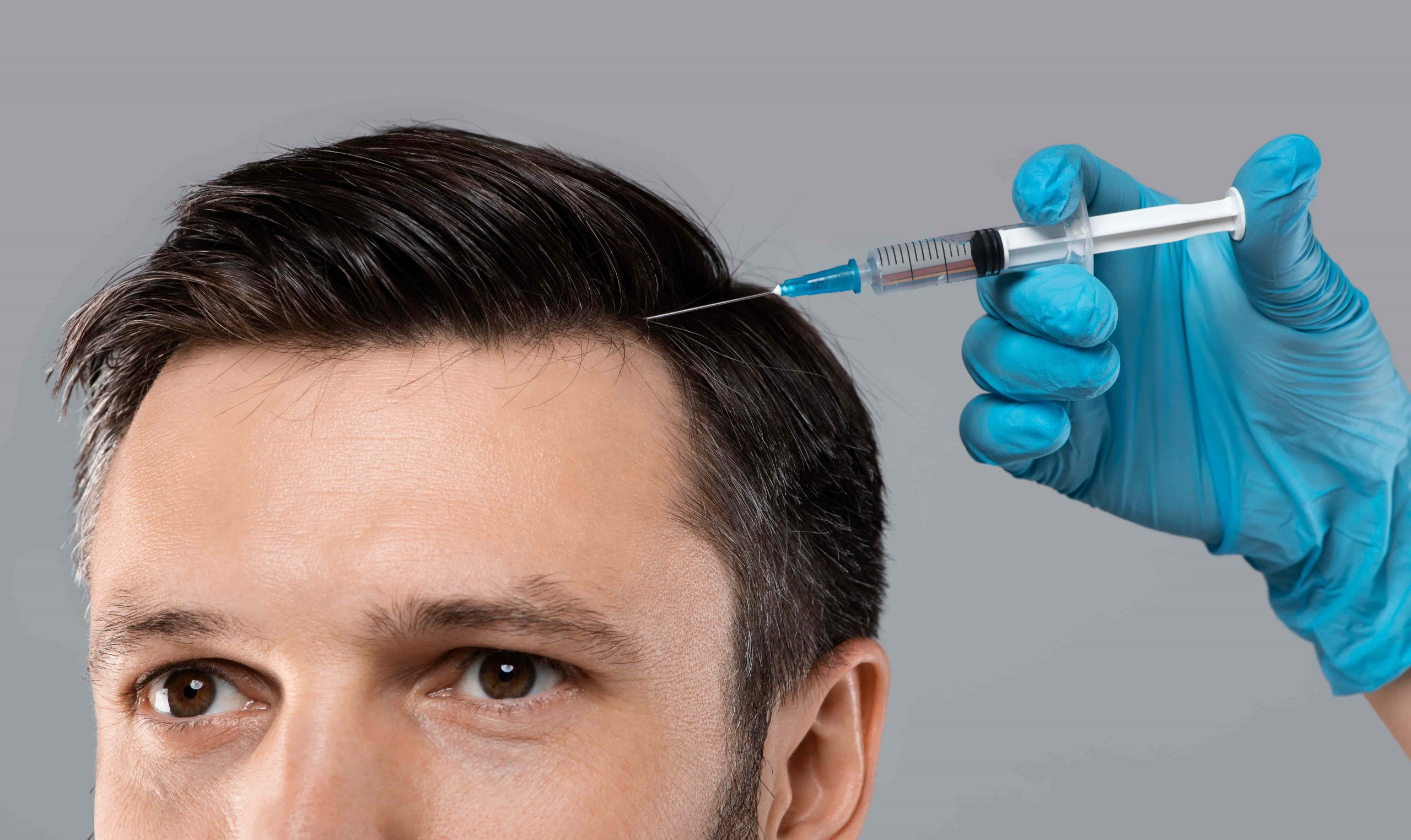
What is the Main Difference Between FUE and FUT Hair Transplant?
The main difference between FUT and FUE hair transplants is that in FUT, a strip of donor skin is removed from which individual follicular units are extracted and transplanted to regions of hair loss, whereas in FUE, individual follicular units are excised straight from the scalp. A variety of factors influence which approach is best for the patient.
What is the difference between FUT and FUE?
Healthy hair grafts are put into microscopic incisions in the regions of the scalp affected by hair loss in both FUE and FUT hair transplant methods. The surgeon must distribute and position the incisions with great care so that they blend in with the patient’s existing hair.
To reimplant the grafts, the surgical team employs very small forceps or implanter devices, and must pay close attention to the storage and handling of the follicles to minimize injury and maximize graft longevity.
The source of these grafts is also the same in both approaches. They’re removed from the scalp’s ‘donor’ patches, where hair is genetically designed to grow for the rest of one’s life.
The difference is in the method of harvesting these grafts.
FUT Method of Harvesting The Grafts
A strip of hair-bearing skin is taken from the donor area of the scalp, which is commonly the back of the head, in the FUT surgery. FUT is often called “strip” surgery because of this.
The number of hairs per square cm of donor scalp and how flexible (or flexible) the scalp skin is will affect the long-term donor hair supply. In general, as compared to FUE, the FUT treatment provides access to a larger lifetime donor hair supply.
The strip is then methodically divided into microscopic grafts of individual follicular units composed of one to four hairs under high-powered microscopes by the surgical team. Until they are implanted, these grafts are kept in a cold tissue storage solution.
The donor region is sewn up and concealed by the surrounding hair in most cases. The stitches are removed after 10 to 14 days, and the donor region heals to produce a linear scar.
FUE Method of Harvesting The Grafts
In FUE, the donor region of the scalp is shaved and individual follicular unit grafts are extracted using a 0.8mm to 1mm ‘punch.’
The surgery can be done manually or with the use of a motorized surgical instrument.
There will be a series of tiny dot scars on the scalp after FUE, but they are so minute that they are barely perceptible. Multiple FUE treatments result in additional dot scars accumulating, and the hair in the donor area eventually thins out.
As a result, there is a limited supply of donor hair, necessitating caution on the part of surgeons and patients to guarantee that enough donor hair is available for a long-term strategy.
What are the pros and cons of the FUT and FUE hair transplant techniques?
Both the FUT and FUE techniques have their benefits and drawbacks. Follicular Unit Excision (FUE) is commonly referred to as the more “advanced” approach, however both FUT and FUE produce good results, and the best procedure relies on the patient’s specific demands and features.
Here are some of the things you should think about if you choose FUE hair transplant in Turkey:
FUE Hair Transplant Advantages
No linear scar – FUE has the advantage of not leaving a linear scar like FUT. Individual follicular units are harvested, leaving only microscopic dot scars visible to the human eye. This makes it ideal for people who want to return to rigorous activities fast.
FUE is especially ideal for persons who wish to keep their hair short, such as a number 1 or number 2 haircut, because of the minimum scarring. It’s even feasible to make a number 0 cut.
FUE is good for modest transplants – FUE is a good option for younger patients or those who simply need a modest number of grafts near the hairline.
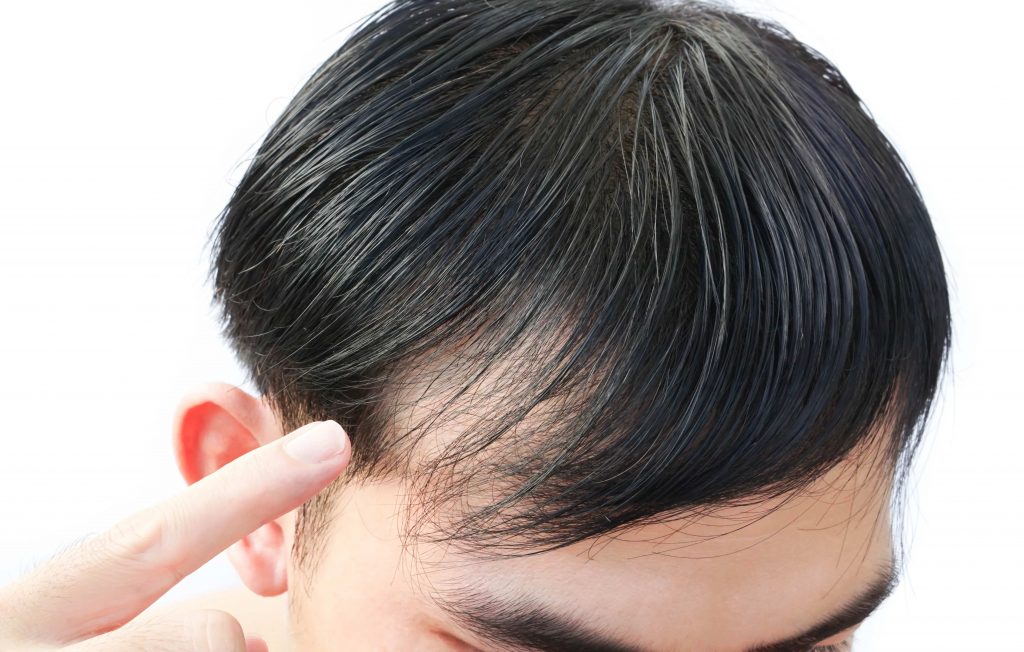
Benefits of FUT Hair Transplant
Good for patients who require a large number of grafts — FUT often yields more hair than FUE, which is advantageous if the patient’s primary objective is to attain maximal fullness from the hair restoration.
There is no need to shave the entire head because the FUT process allows existing hair to be retained long, which will be utilized to conceal the linear scar.
Shorter operation time – Depending on the size of the recipient area and the quantity of grafts to be transplanted, the FUT procedure might take anywhere from 4 to 12 hours. This is far shorter than FUE, which can entail removing up to 2,000 grafts and can take up to 10 hours – or even more than one day in surgery in some circumstances.
FUT is frequently less costly than an identical FUE operation.
FUT and FUE techniques are relatively painless procedures that just require a local anesthetic.
READ: Which Hair Transplant Type is Better? FUE vs DHI Hair Transplant
What is the difference between FUE and FUT in terms of outcomes?
All hair transplants need technical expertise, but they also need an element of creativity. The surgeon must be aware of the angle, density, and placement of grafts, as well as the patient’s appearance, including the form of the face and skull, and general appearance. This is true regardless of the type of surgery.
What is the Cost Difference Between FUE vs FUT Hair Transplant?
You may wonder, is FUE or FUT more costly? FUE technique is more costly than FUT because of the greater time required in surgery and the technically rigorous nature of the process.
However, it is essential not to pick a procedure only on the basis of cost. It’s vital to choose a hair restoration technique that will give you a natural-looking outcome. A hair transplant should last the rest of your life, and attempting to save money by picking an ineffective surgery is always a waste of money.
In addition, both FUE and FUT techniques in Turkey are up to 5 times more affordable than European countries, U.S.A, and Canada. You will be advised by the most appropriate technique for your condition and needs.
You can contact us to get a personal quote about the best FUE and FUT hair transplant in Turkey.
